Sustainability at LAMILUX
More for our home. More for our climate.
A sustainable future
For our people - For our communities - For the environment - For future generations
Sustainability guides and orients LAMILUX: from product development and production methods to product lifecycle and benefits. It's present in daily business operations and long-term, independent economic practices, investment planning, and future strategies. It influences organizational structures, personnel development, employee retention, and fostering new talent. Every decision in these realms contributes to a responsible, long-term corporate direction. We don't think in quarters – we think in generations!
Social
Examples of the contribution of LAMILUX

Social Responsibility
- Initiating and executing numerous social projects and organizations (e.g., Coding Kids)
- Providing a daycare center
- Supporting social initiatives through work hours (e.g., LAMILUX Helps Ukraine)
Education and Training
- Maintaining an above-average apprenticeship rate
- Offering further education programs (e.g., Training 4 Excellence)
- Providing various opportunities for lifelong learning
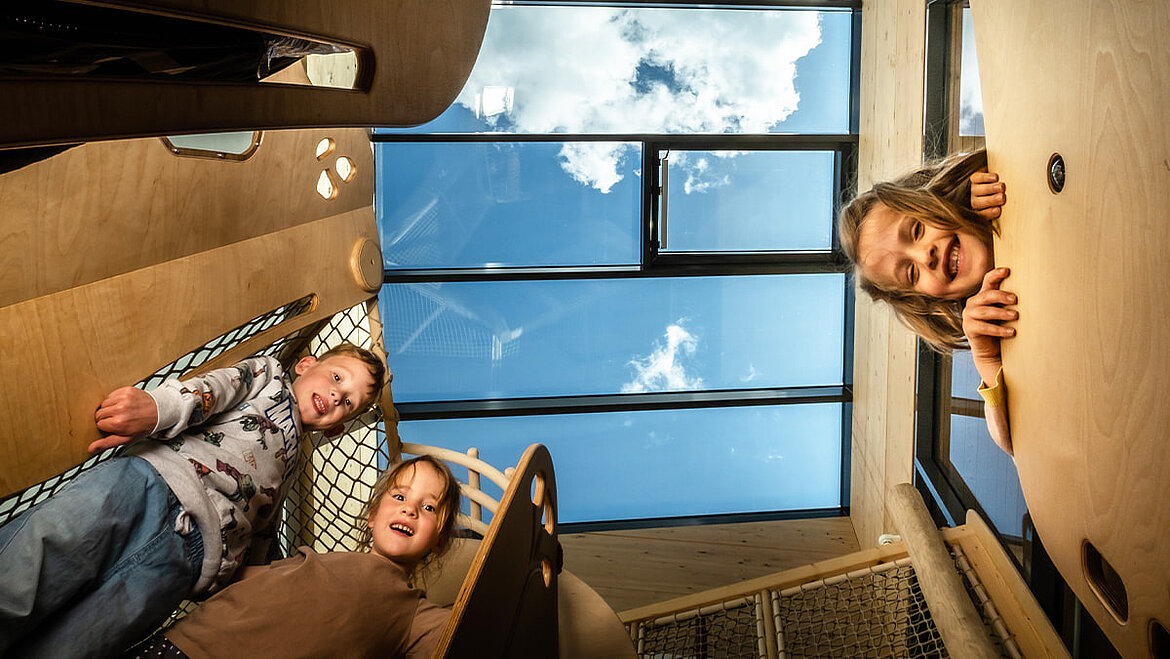
Employees
- Creating over 1300 jobs
- Organizing company internal events (Summer Festival, Company Run, Hiking Day, LAMILUX Active)
- Promoting a respectful and open atmosphere
Occupational Health and Safety
- Continuously reducing the risk of workplace accidents
- Offering occupational medical services
- Meeting health protection requirements
Environment
Examples of the contribution of LAMILUX
Waste
- Increasing the frequency of using production aids
- Reducing waste in plastic production
- Raising the recycling rate of waste
Energy
- Expanding PV installations on the company premises
- Comprehensive energy monitoring
- Increasing the proportion of green energy
Emissions
- Reducing hazardous substances in manufacturing
- Utilizing emissions for process heat generation
- Optimally planning delivery orders for efficient transport
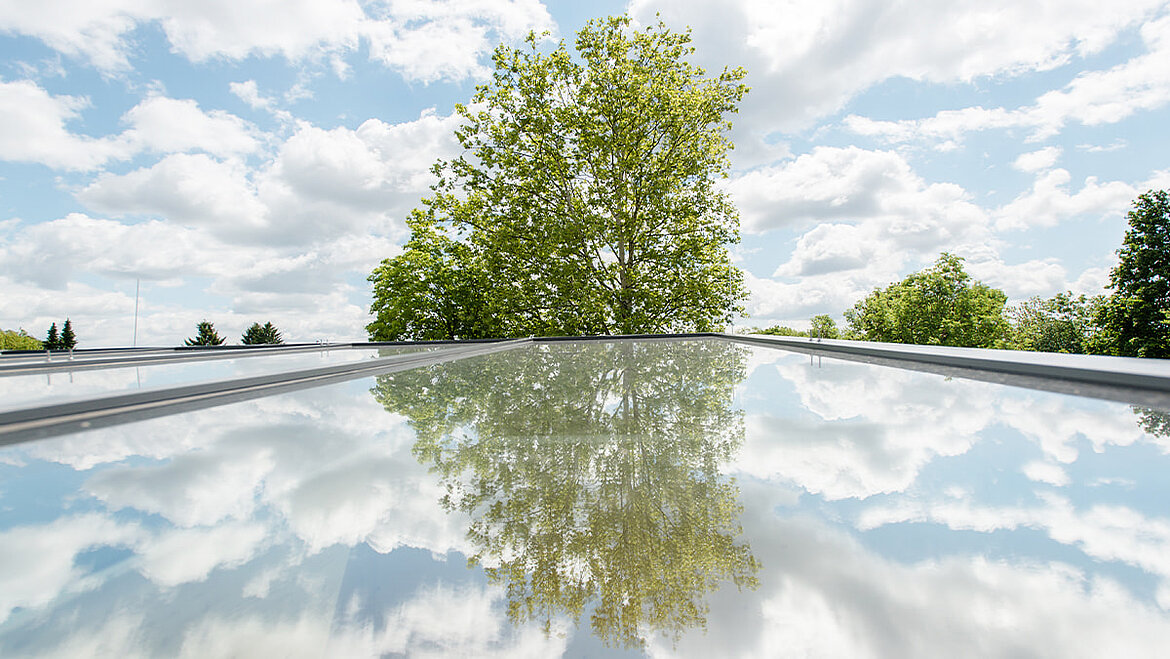
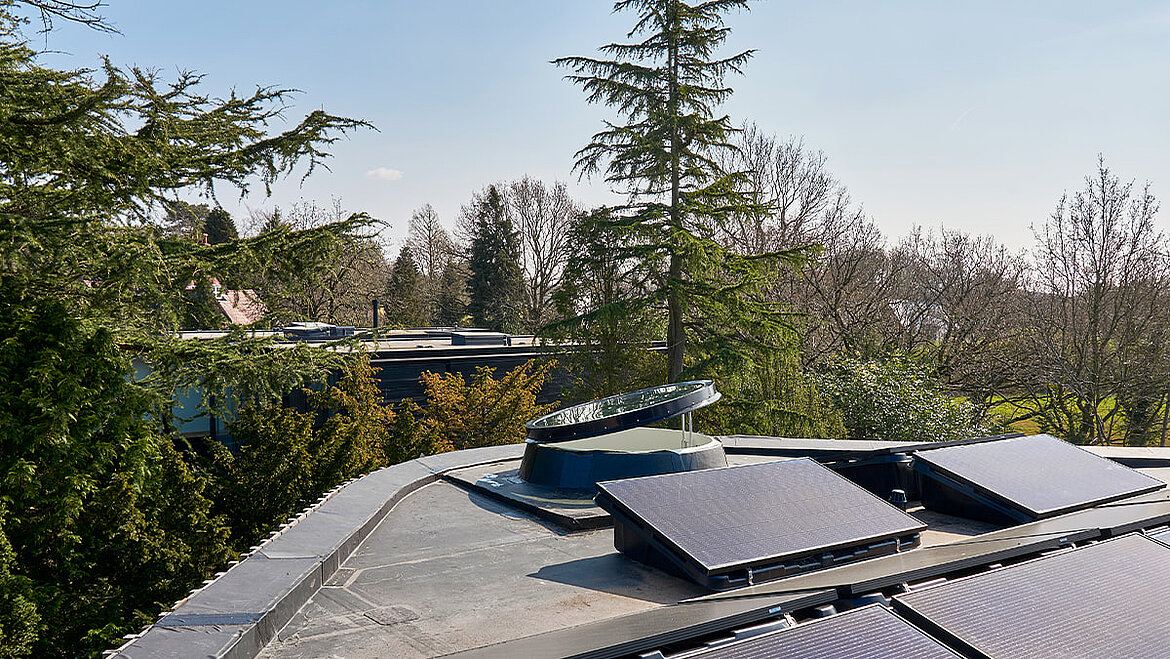
Products - Skylights
- Long product lifespan
- Enhancing building energy performance through natural ventilation, daylighting, and low energy transmittance
- Improving occupants' well-being in buildings
Products - Composites
- Long product lifespan
- Enabling energy savings in transport through lightweight construction
- Substituting CO2-intensive materials
Governance
Examples of the contribution of LAMILUX

Data Protection
- Protection of personal data
- Adherence to DSVGO-compliant processes
Compliance
- Adherence to laws, regulations, and voluntary codes (e.g., Supplier Code of Conduct)
- Ensuring product compliance
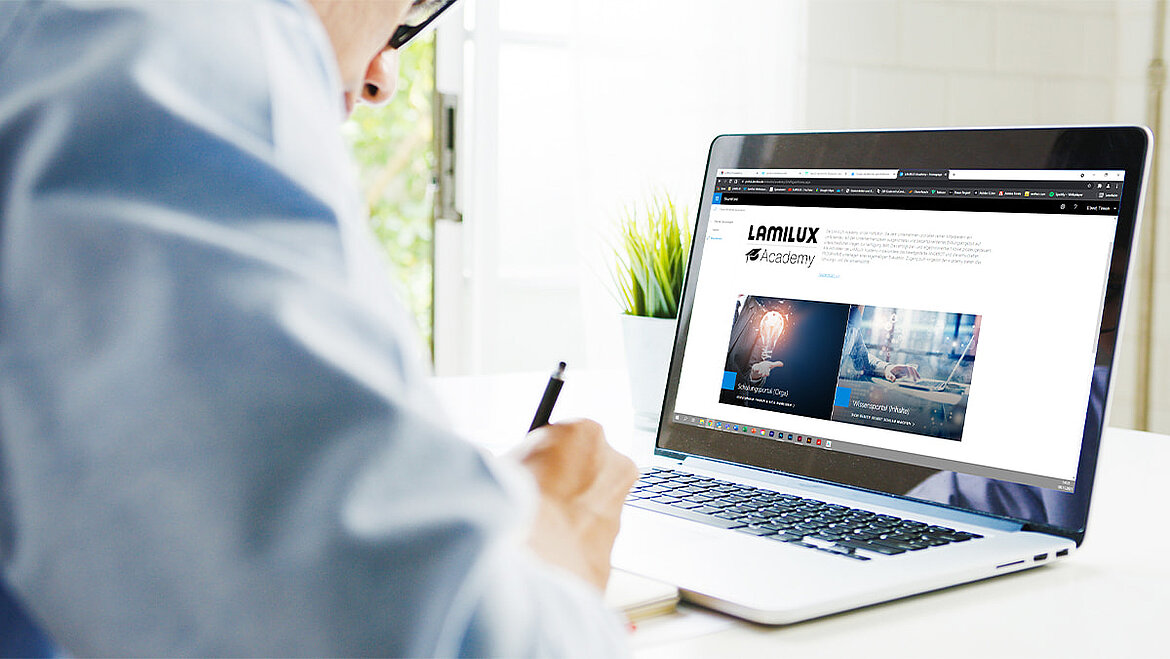
Quality Assurance
- Certification of products according to ISO standards
- Ensuring continuous quality control
Legal Aspects
- Implementation of labeling obligations
- Regular review and adherence to customer sanction lists (e.g., Russia)
Cooperations and Awards
Sustainability at LAMILUX

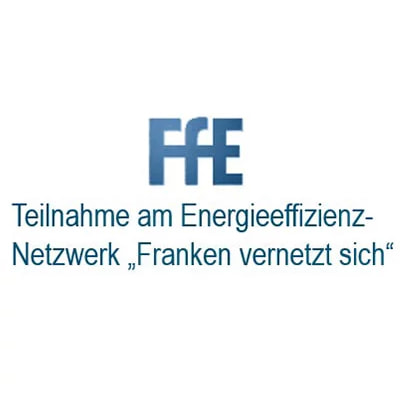
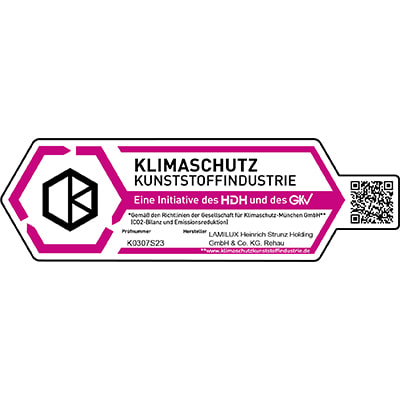
Our whitepapers for you
LAMILUX Whitepaper
![[Translate to English:] Schornsteine mit Rauch](/fileadmin/_processed_/d/9/csm_Emissionen_cdc8213f2c.jpg)
The most important facts about climate change
The terms climate and weather are often used synonymously. They don't mean the same though. While climate refers to a statistically observable period of time and to a larger area, weather, on the other hand, refers to the condition at a specific time in a specific place. The changes in climate have different reasons: They can be quite natural, such as the dependence of the climate on solar activity or the effects caused by slight variations in the Earth's orbit. In addition, solar activity, for example, influences the solar cycles and thus the temperatures in the atmosphere and on Earth.
![[Translate to English:] LAMILUX Glasdach bei Starkregen](/fileadmin/_processed_/9/4/csm_FGS_Regen_PR60_8d0cdf26a7.jpg)
Climate change and extreme weather events: simply explained
Records for most weather extremes have only been kept since the mid-20th century - and for some regions of the world only since the 1970s or even later. The records for temperature or precipitation extremes are the most detailed. But is it really noticeable that the weather is changing? Take the summer of 2020 for instance. It was characterised by long periods of heat. Farmers and foresters in particular have to cope with the consequences of wearisome droughts. The soils are hard and dry, the forests are suffering from dryness. Such heat waves and in particular their duration have increased in recent years.
![[Translate to English:] Glasdach auf Stahlkonstruktion](/fileadmin/_processed_/c/0/csm_ISBonnunten_GlasdaecherBildungsbauten_35ca4adf3e.jpg)
Sustainable Glass Roofs in Educational Buildings
Toward climate-neutral construction, renewable energies must be used efficiently. The decisive factor for the sustainability aspect: daylight. A representative option: glass roofs. Near-zero-energy buildings, low-energy buildings and passive houses - what exactly is this and where are the differences? But one thing is certain: from 2021, all new buildings in the EU will meet the standard of a near-zero energy building. These are simply buildings that obtain a significant proportion of their energy and materials from renewable sources. Passive houses also reduce their energy needs to a minimum through optimal thermal insulation, the best possible glazing and intelligent ventilation techniques.
![[Translate to English:] LAMILUX Flachdach Fenster](/fileadmin/_processed_/d/5/csm_Flachdach_Fenster_LAMILUX_97b38cce56.jpg)
Thermal insulation in the building
Creating a comfortable indoor climate is not easy. In summer, the rooms are often too hot, while in winter, it's often too cold. During summer, the aim is to keep the heat outside or, in other words, limit the overheating of indoor spaces caused by sunlight, creating a comfortable indoor environment.
There are several solutions to this issue. Typically, thermal insulating glazing and movable sun protection are installed. In winter, the goal is to minimize heat loss, so all building components must be well insulated.
The heat transfer is indicated by the U-value.
Downloads
Sustainability at LAMILUX

